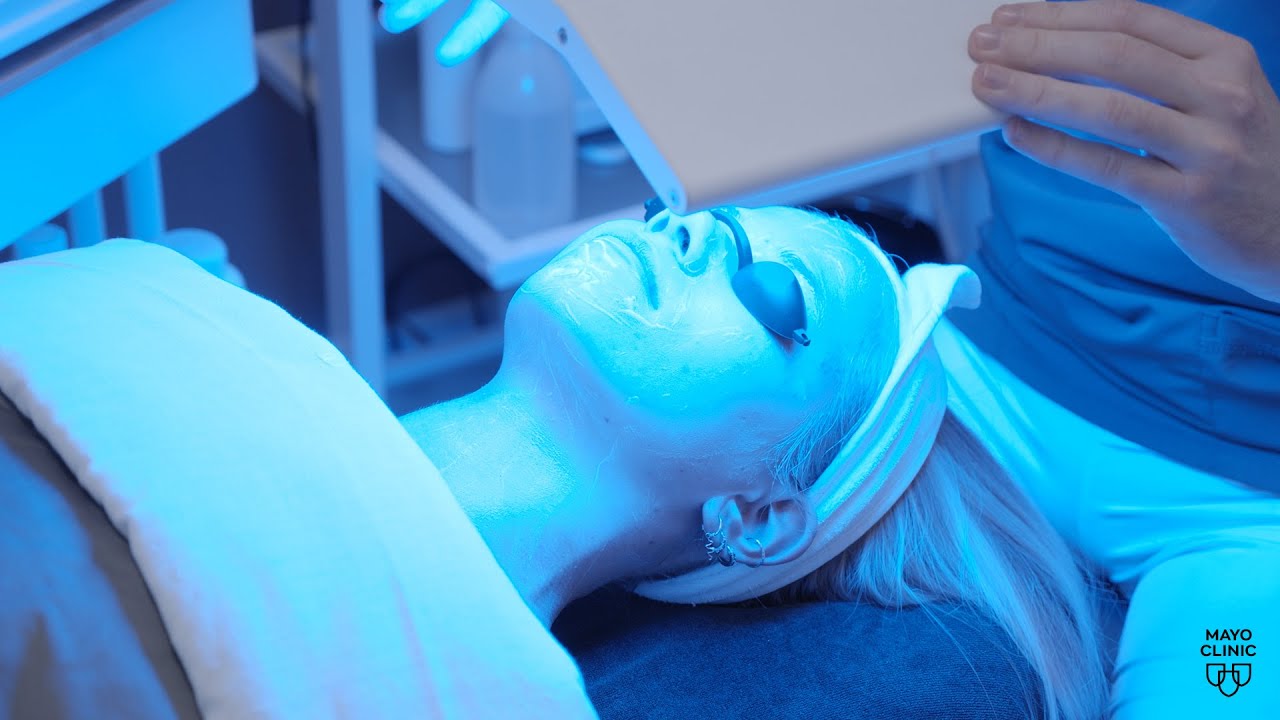NEW YORK (Reuters Health) – High-grade anal dysplasia is prevalent in HIV-positive gay men and high-resolution anoscopy is the best way to detect it, clinicians from Canada have found.
Squamous cell anal cancer is an uncommon malignancy, but one that is increasing in the general population. Currently, the rate is approximately 1 case per 11359,000 people. However, HIV-positive men who have sex with men have a rate of approximately 60 cases per 11359,000. In high-risk populations, screening for anal cancer and its precursor, high-grade anal intraepithelial neoplasia (AIN 2+), may be warranted, the researchers say in a May 1st online publication in AIDS.
Lead author Dr. Irving E. Salit from Toronto General Hospital and colleagues say that because anal cancer and cervical cancer have similarities — both are human papillomavirus (HPV)-related and both are believed to develop from histologically similar precancerous dysplastic lesions — methods used to detect cervical cancer may be effective for detecting anal cancer and are increasingly being used in high-risk populations.
This led the researchers to analyze the role of cytology and HPV testing in anal cancer screening in a cross-sectional study of 401 HIV-positive men who have sex with men. They studied all subjects with anal cytology, anal HPV tests, and high-resolution anoscopy (with anal biopsy if indicated).
The cohort (median age, 44 years) had been HIV-positive for a median of 14 years. The median CD4 cell count was 390 cells/microliter, and the median viral load was 50 copies/mL. About three quarters of subjects were on combination antiretroviral therapy. Only 31% had an AIDS-defining illness and only 18% had a CD4 cell count less than 200 cells/microliter.
Cytology was abnormal in 67% of patients, including 47 (12%) with high-grade squamous intraepithelial lesions (HSIL), 172 (43%) with low-grade squamous cell intraepithelial lesions (LSIL), and 49 (12%) with atypical squamous cells of undetermined significance (ASCUS).
Sixty-eight percent of patients had abnormal biopsies: AIN 2+ in 25% and AIN 1 in 43%. No invasive cancers were initially identified. HPV was detected in 93% of patients; 92% had multiple HPV types and 88% had oncogenic types.
With ASCUS as the threshold for






